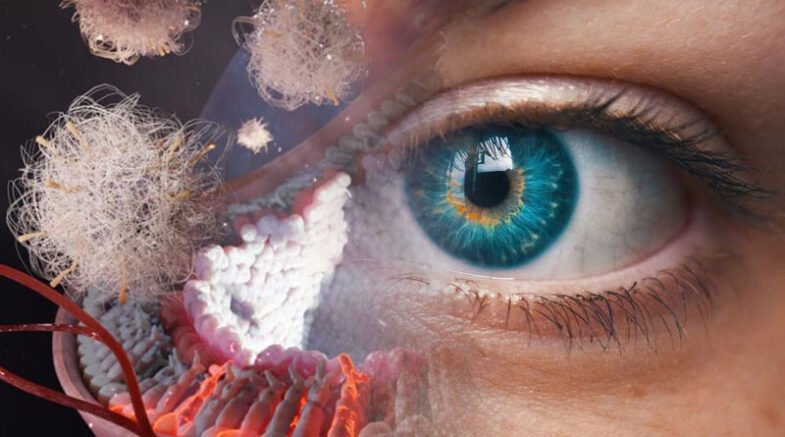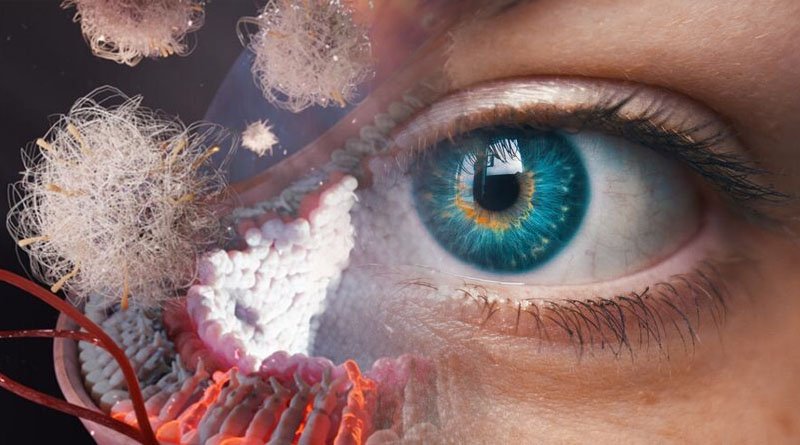Ohio State University researchers have developed a delivery system for gene therapy that targets light-sensitive cells in the eye.

A team of researchers from Oregon Health & Science University and Oregon State University developed a method for delivering strands of messenger ribonucleic acid, or mRNA, inside the eye using lipid nanoparticles, which are tiny, lab-made balls of fat. To treat blindness, the mRNA will be programmed to produce proteins that correct vision-damaging gene mutations.
Ohio State University researchers have developed a delivery system for gene therapy that targets light-sensitive cells in the eye. The nanoparticles are coated with a peptide that ensures mRNA is precisely delivered to photoreceptors. More than 250 genetic mutations have been linked to inherited retinal diseases, but only one approved gene therapy.
The Food and Drug Administration approved the first gene therapy treatment for an inherited form of blindness in 2017. After receiving the therapy, which is marketed under the brand name Luxturna, many patients reported improved vision and were saved from blindness. It delivers gene-revving molecules via a modified version of the adeno-associated virus, or AAV.
AAV is used in many gene therapies today, but it has some limitations. Because the virus is small, it cannot physically contain gene-editing machinery for some complex mutations. Furthermore, AAV-based gene therapy can only deliver DNA, resulting in the continuous production of gene-editing molecules, which may result in unintended genetic edits.
Lipid nanoparticles are a promising alternative to AAV because they don’t have size constraints like AAV. They can deliver mRNA, which only keeps gene-editing machinery active for a short period of time, so could prevent off-target edits. The potential of lipid nanoparticles was further proved by the success of mRNA-based COVID-19 vaccines.
This marks the first time that lipid nanoparticles are known to have targeted photoreceptors in a nonhuman primate. The scientists are currently working on follow-up research to quantify how much of the green fluorescence protein is expressed in animal retinal models.
Renee C. Ryals, Marco Herrera-Barrera and Gaurav Sahay will continue developing their nanoparticle gene therapy delivery system with the support of a $3.1-million grant from the National Eye Institute.
Sahay has a significant financial interest in Enterx Biosciences, a company that may have a commercial interest in the results of this research and technology. Review details of OHSU’s conflict of interest program to find out more about how we manage these business relationships.
All research involving animal subjects at OHSU must be reviewed and approved by the university’s Institutional Animal Care and Use Committee (IACUC). The IACUC’s priority is to ensure the health and safety of animal subjects. No live animal work may be conducted at the university without the committee’s approval. The committee reviews proposals to ensure they justify the use of live animals and species selected.
